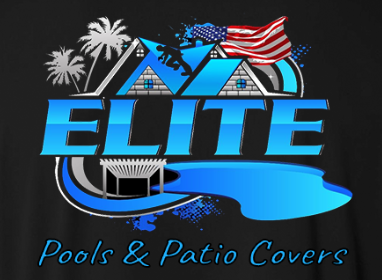DIY POOL
A Comprehensive Guide
Creating a personal oasis in your backyard with a DIY pool can be both rewarding and cost-effective. Building a pool yourself allows for customization to fit your needs, style, and budget. However, it’s crucial to understand the process, materials, and considerations involved to ensure a successful project.
Understanding DIY Pools
DIY pools are an appealing option for those looking to save on the significant costs associated with professional pool installation. While the process can be labor-intensive and require some technical know-how, many homeowners find the challenge enjoyable and the results satisfying. There are several types of DIY pools, including above-ground pools, in-ground pools, and semi-inground pools, each with its own set of pros and cons.
Types of DIY Pools

Above-Ground Pools: These are the most popular type of DIY pools due to their affordability and ease of installation. Typically made of steel, aluminum, or resin, they can be assembled in a few days. However, they generally have a shorter lifespan compared to in-ground pools.
In-Ground Pools: While more complex and time-consuming to install, in-ground pools offer greater durability and aesthetic appeal. They are often made from concrete, fiberglass, or vinyl. DIY kits for in-ground pools are available, but they require more advanced skills, including excavation, plumbing, and electrical work.
Semi-Inground Pools: A hybrid between above-ground and in-ground pools, semi-inground pools offer some of the advantages of both. They can be partially buried, which enhances their appearance and can make them more durable than above-ground pools.
Planning Your DIY Pool Project
Budgeting: Determine how much you are willing to spend. Include costs for the pool kit, tools, materials, permits, and any professional help you might need for specific tasks.
Design: Choose a design that fits your backyard space, lifestyle, and aesthetic preferences. Consider the shape, size, and depth of the pool, as well as any additional features such as decks, water features, or lighting.
Permits and Regulations: Check local regulations to determine if you need permits for pool installation. Some areas have strict guidelines on pool placement, safety features, and environmental impact.
Timeline: Create a realistic timeline for your project. DIY pool installations can take several weeks to a few months depending on the complexity of the design and your availability.

